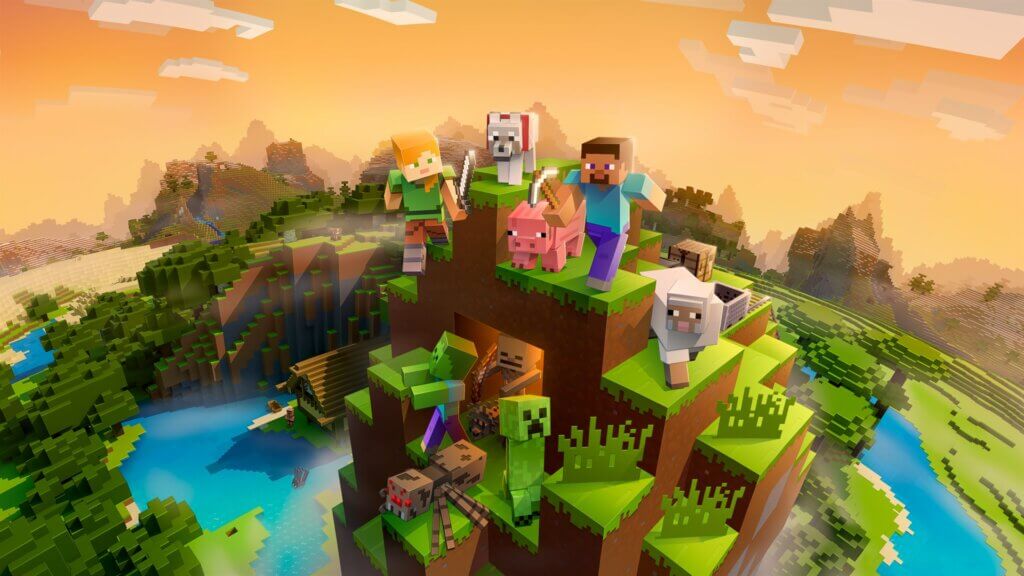Tomorrow, Childnet and Leicester City Council are launching the STAR Toolkit a new online safety resource that offers practical advice and teaching activities to help secondary schools explore internet safety with young people with autism spectrum disorders.
We chatted to Dr Sarah Helps, a clinical psychologist at the Tavistock and Portman clinic, to find out more about how young people with autism use technology.
What is your role at the Tavistock and Portman clinic?
I manage an all age service for people with ASDs and learning disabilities. As a team we offer diagnostic and other kinds of assessments to people who think that their difficulties might fall on the spectrum of autism. We also offer a range of therapeutic interventions to individuals, families and organisations.
How might autism make young people more vulnerable to online risks?
In my practice I’ve seen people with ASDs struggle to know when enough is enough online. Googling Miley Cyrus a couple of times a week is one thing but feeling the need to check new updates to the internet about her on an hourly basis is not OK. I tend to find that people with ASDs simply struggle to regulate what in essence becomes a repetitive behavioural patterns. There’s also the danger that all internet users face of stumbling onto content that is inappropriate. People with ASDs may struggle more than others to know what to do and how to seek support in such situations and may need to be given much more explicit guidance about what to do in these situations.
What benefits can the internet provide for young people with ASDs?
The internet is a tremendous resource for all its users. People with ASDs often have particular interests and the internet offers great possibilities for in-depth research – of course this is also the challenge of the internet and it has the potential to feed anyone’s obsessions, and this is particularly the case for people with ASDs.
Socially the internet can be a great resource for people with ASDs who often find the anonymity of online chat an easier way to test out how to be in social relationships. Many of my patients have rich online lives and feel more comfortable sharing their thoughts and feelings with their online friends than they do with their classmates or other peers. Again it is also a challenge as it is likely to be particularly difficult for people with ASDs to pick up the more subtle social cues which could suggest that they are being unhealthily influenced by their online contacts.
How can we help young people with ASDs to have safe and positive experiences online?
Just like anyone, people with ASDs will use the internet and will benefit greatly from its use. The general safety messages regarding online experiences often need to be broken down and explained in greater detail to people with ASDs. Lots of examples of safe and unsafe experiences need to be provided along with frequent repetition of the core and overarching messages. All teaching needs to be delivered in an age and context appropriate way, so understanding the individual needs of young people based on issues like gender and age will be particularly important. Families can play a very important role in helping their children be safe online. Families can have frequent and open discussions about their own experiences online.
Issues such as discovering pornography online will require sensitive conversations, but the broad issues remain the same as if the material were discovered in a different, perhaps static, form.
What advice would you give other mental health professionals when it comes to supporting young people with their digital lives?
Ask, ask, ask. In all our CAMHs work we are increasingly aware of importance of knowing about our patients’ digital lives. Just because someone has an ASD, don’t make assumptions about how they use the internet, but ask. Ask about special areas of interest and how the internet helps or hinders with these. Ask about use of social media and chat rooms; always ask about cyber bullying and explore whether and how someone can recognise the early warning signs of this.
Use of the internet is a daily part of the lives of young people. Many adults and mental health professionals did not grow up with it as young people have done. We need help to help people with ASDs create and maintain safe online lives. The STAR Toolkit is a powerful and welcome addition to our box of tools.


